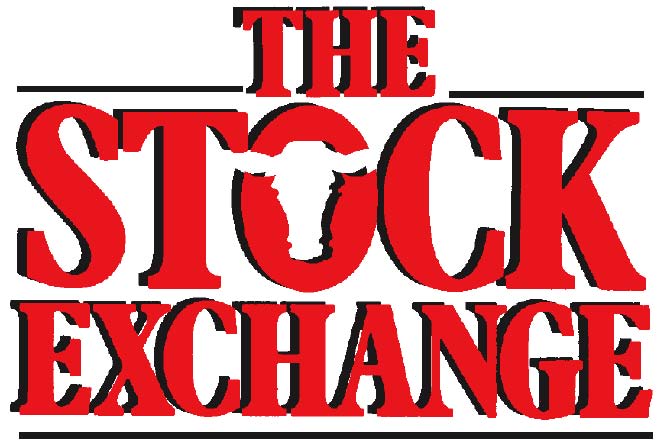Forage Testing Can Save Dollars
Steve Niemeyer, Nebraska Extension Educator Sampling and testing forages for quality can make designing a feeding program easy and economical. Photo credit Troy Walz. As cow-calf producers strive to reduce feed costs by finding different avenues to increase grazing days, many still have to use harvested forages in their year-round feeding program. Sampling and testing forages for quality can make designing a feeding program easy and economical. Nutrient concentration can vary considerably in…
